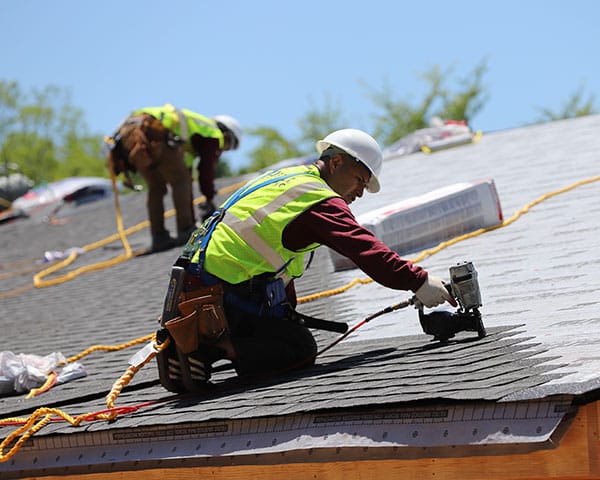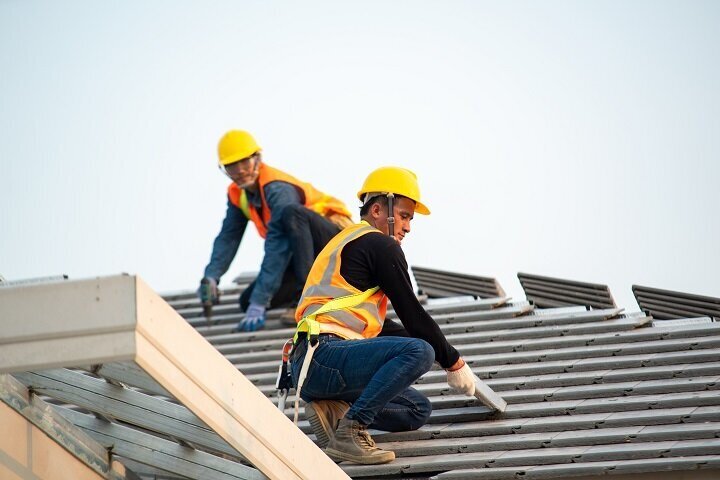Bring A Lot More All-natural Light Inside with Skylight Installation in Cleveland Heights Services
Bring A Lot More All-natural Light Inside with Skylight Installation in Cleveland Heights Services
Blog Article
A Comprehensive Overview to the Installation Process of a Skylight Roof
The setup of a skylight roof covering is a diverse process that requires meticulous preparation and implementation to guarantee ideal performance and aesthetic charm. This guide will outline the essential steps entailed, from choosing the appropriate skylight kind to the essential devices and products required for a successful setup. Recognizing the nuances of structural integrity and waterproofing is paramount, as these factors directly affect the durability of your skylight. As we explore each phase, it ends up being clear that focus to information is not merely useful but necessary for achieving a seamless combination of natural light into your room.

Understanding Skylight Kinds
When taking into consideration a skylight installation, it is necessary to understand the numerous types offered, each developed to meet various aesthetic and practical requirements. One of the most usual sorts of skylights consist of fixed, aired vent, tubular, and operable versions.
Fixed skylights are non-opening systems that serve primarily to provide all-natural light and improve indoor spaces. Vented skylights, on the other hand, include a mechanism that allows them to open, assisting in airflow and decreasing moisture levels.
Tubular skylights are compact and created to capture sunlight with a little dome on the roofing system, transporting it down a reflective tube right into the home. This kind is valuable for smaller sized locations or spaces that call for added light without endangering ceiling height. Operable skylights integrate both all-natural light and ventilation, making them versatile in various environments.
Each skylight type offers unique advantages, and the selection relies on factors such as the planned use the area, regional environment, and architectural design. Thus, recognizing these alternatives is essential for making an educated decision.
Preparing for Installation
Choosing the suitable kind of skylight is just the beginning; appropriate preparation for setup is vital for making certain an effective task. Prior to launching the setup procedure, it is critical to evaluate the architectural stability of the roofing where the skylight will be set up. This includes checking for any kind of indications of damage, such as rot or leaks, which might lead and endanger the installation to future problems.
Following, it is crucial to intend the area of the skylight thoroughly. Take into consideration factors such as sunlight exposure, possible obstructions (like trees or surrounding structures), and the general looks of the area. Noting the area clearly will assist in visualizing the last result and help protect against errors during installment.
In addition, assessing regional building regulations and getting required licenses is essential to make sure conformity with regulations. This action will assist avoid potential fines and make sure the safety and legitimacy of the installation.
Devices and Materials Needed
A successful skylight setup needs a particular collection of materials and tools to make certain precision and efficiency throughout the process. Necessary tools include a measuring tape, level, circular saw, and energy knife, which are critical for precise dimensions Visit Your URL and cutting. A drill and suitable drill little bits are needed for producing openings for installing braces, while a hammer and screws or nails are required for securing the skylight in position.
Along with tools, numerous products are crucial for a proper installation. The skylight system itself have to be chosen based upon the dimension and type appropriate for the roof. Blinking packages, which include metal pieces made to stop water leakage, are vital for guaranteeing a watertight seal. Roof cement and caulking are also required to provide extra waterproofing around the skylight sides.
Security equipment, such as gloves, goggles, and a construction hat, ought to not be overlooked to secure against prospective risks during the installation. Tarps or drop fabrics can be valuable to catch particles and shield the interior of the area below. Collectively, these products and tools lay the foundation for an effective skylight installment.
Step-by-Step Setup Refine
Successfully setting up a skylight entails an organized approach that makes sure both performance and aesthetic appeals. Begin by noting the wanted area on the ceiling, guaranteeing it straightens with the architectural elements of the roof covering. Next off, cut an opening that represents the measurements of the skylight framework, taking treatment to avoid any type of electrical circuitry or plumbing.
Once the opening is prepared, set up blinking around the perimeter to divert water away from the skylight. Position the skylight into the opening, ensuring it rests flush with the roofline.
Next, apply roof covering concrete along the edges of the skylight and around the flashing to produce a leak-proof seal. Properly inspecting the skylight guarantees durability and boosts its aesthetic allure, giving an attractive source of all-natural light for years to come.
Completing and Maintaining Your Skylight
After the setup of your skylight is complete, it's important to finish up the procedure by making sure that all finishing touches are used and correct maintenance regimens are developed. Begin by checking the interior and outside seals for any kind of spaces or disparities that could result in leakages. Correct securing is vital for the longevity of your skylight.
Following, tidy the glass surface area with a mild, non-abrasive cleaner to maintain quality and enhance all-natural light infiltration. Stay clear of severe chemicals that can damage the frame or seals. Regularly check for debris accumulation around the skylight, as this can lead to drainage concerns and might require regular cleaning.
Establish an upkeep routine, ideally every 6 months, to assess the condition of the skylight. Search click here to find out more for signs of wear, consisting discover here of damage of seals or framework materials. If you discover any type of issues, resolve them quickly to avoid more damages.
Conclusion

The setup of a skylight roofing is a complex procedure that needs precise planning and execution to ensure optimal efficiency and aesthetic charm.Choosing the proper kind of skylight is just the beginning; adequate preparation for installation is essential for guaranteeing a successful job.An effective skylight installation needs a specific collection of devices and materials to guarantee precision and performance throughout the process.After the setup of your skylight is complete, it's necessary to cover up the procedure by guaranteeing that all ending up touches are applied and proper upkeep regimens are developed. Making certain architectural integrity, correct blinking installation, and a watertight seal are essential for the skylight's efficiency and longevity.
Report this page